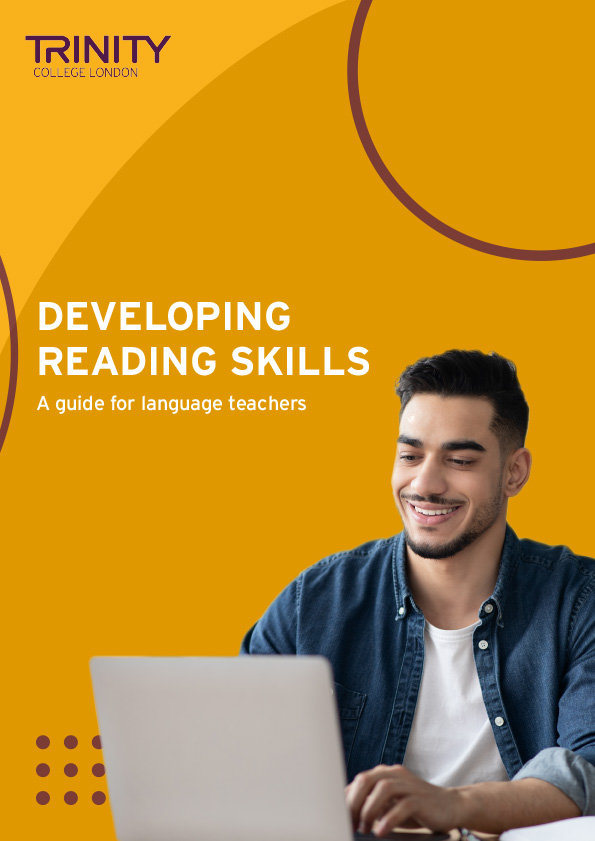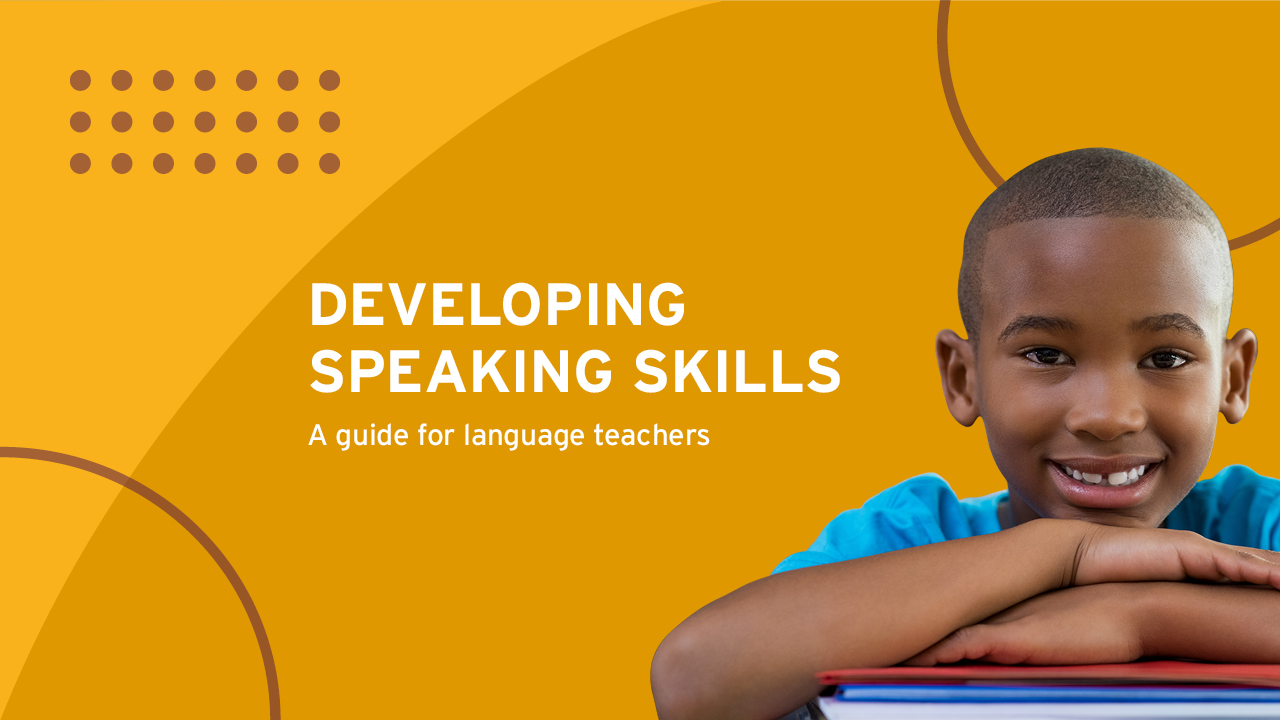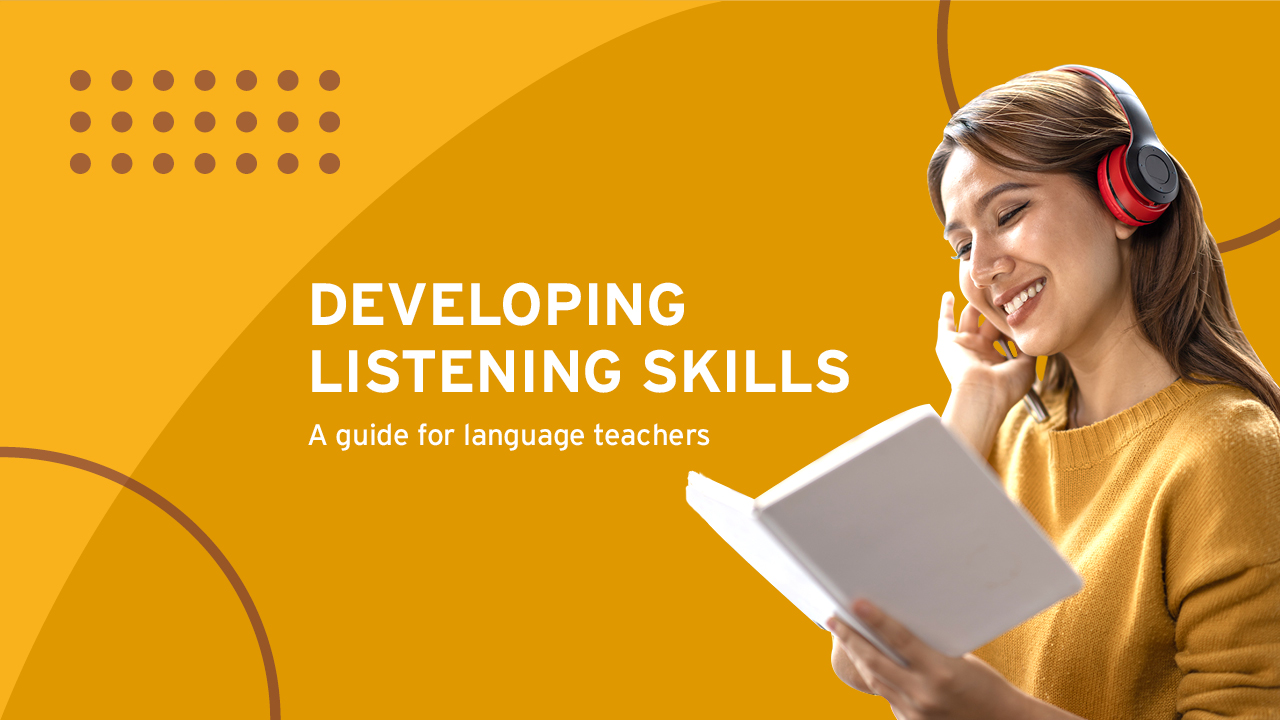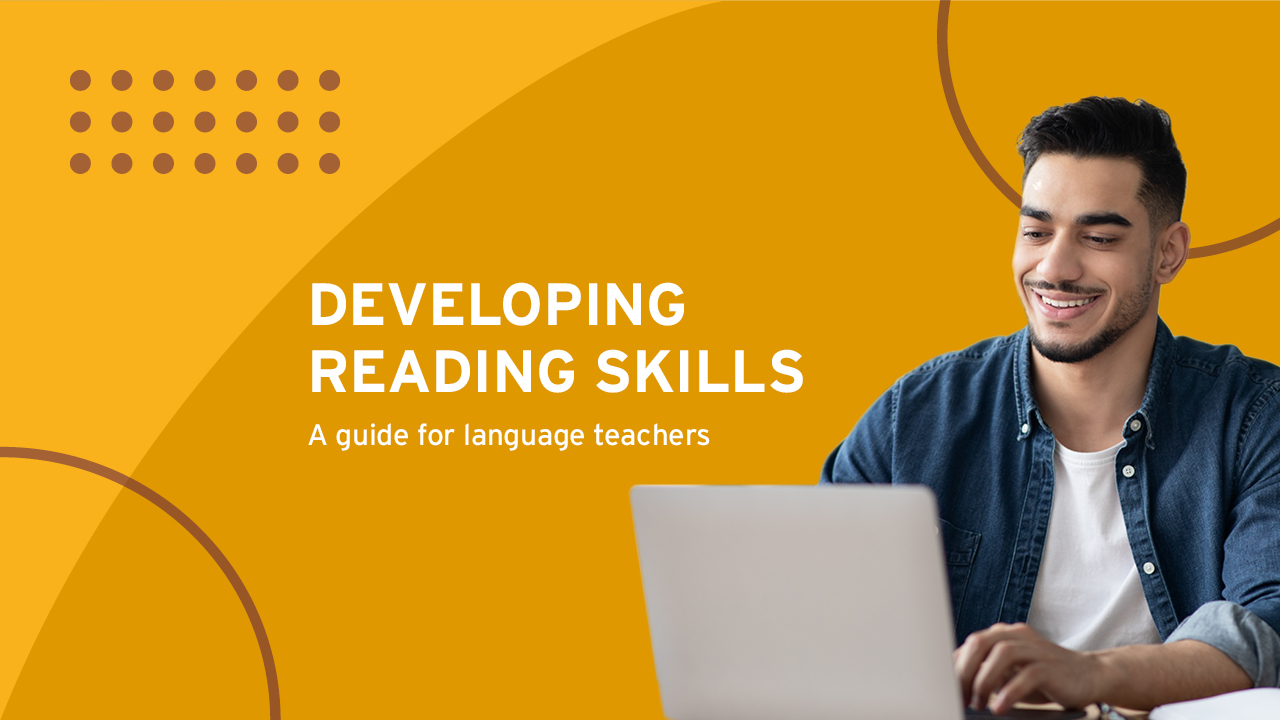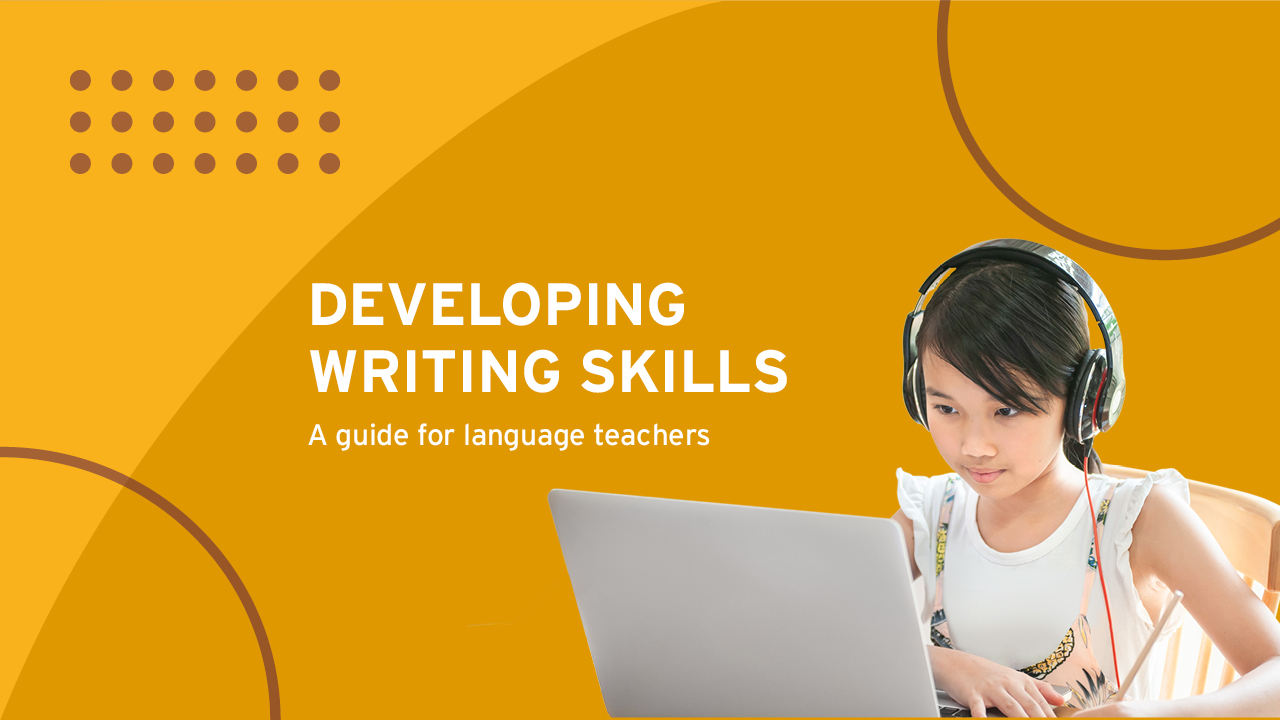When exploring reading with our learners, it’s important for both teachers and learners to be aware of why we read and some of the processes and sub-skills involved.
- In our day-to-day lives, we read texts and graphics for different purposes. For example, we read novels for pleasure or study, cinema schedules for key information, and business emails for work.
- We approach different texts in different ways, depending on the context. We might read a long news article slowly and intensively if it is a topic we want to focus on, for instance, but skim or scan the same article to extract key information quickly. When we start reading in a second language, our reading slower and tasks more challenging as we work on these skills.
- We don’t need to understand every single word in a text to understand the general message.
- In some cases, where we understand enough of the surrounding text, we may be able to work out the general meaning of unknown vocabulary.
- We often respond to things we read. For example, we reply to messages or emails, use the information we read to write reports or give presentations, and react to and comment on social media and news stories. It is important to understand the message in the written text clearly before we respond to or share it.
About this guide for teachers
This resource is for English language teachers looking to explore and develop reading skills with their language learners. It includes:
- Techniques for the English language classroom
- Guidance on adapting and creating reading resources by using authentic materials, coursebooks and classroom resource sites
- Lower-order and higher-order questions that can be used to assess a learner's reading skills, organised into key focus areas
- Details of further support resources and CPD opportunities
